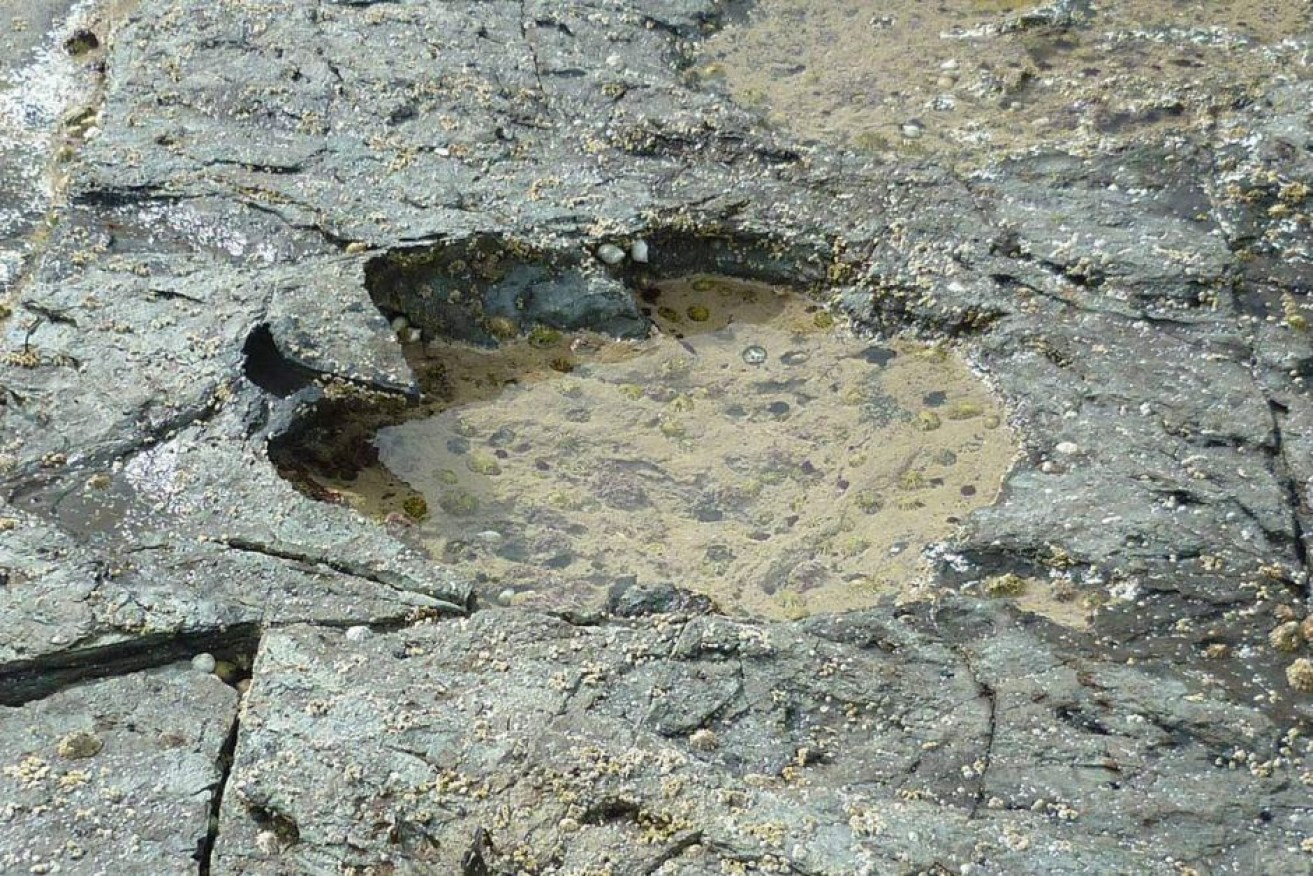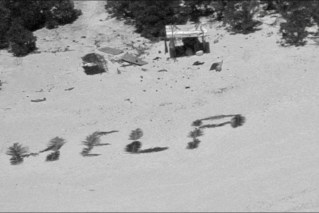170-million-year-old dinosaur footprints offer rare glimpse at Jurassic era

The 170 million-year-old tracks were made in a muddy lagoon off the north-east coast of the Isle of Skye. Photo: PA
Giant dinosaur footprints discovered on a Scottish island have shed light on a little-understood period of dinosaur evolution.
University researchers have been analysing dozens of 170-million-year-old tracks, found off the north-east coast of the Isle of Skye.
They found footprints belonging to theropods and sauropods from the Middle Jurassic period.
Theropods – the “older cousins” of Tyrannosaurus Rex – stood up to two metres tall, while sauropods grew to at least 15m and weighed more than 10 tonnes.
The discovery has been described as being “globally important”, as evidence from the Middle Jurassic period is rare and few fossil sites have been found around the world.

Dozens of newly discovered giant dinosaur footprints on a Scottish island are helping to shed light on the Jurassic reptiles’ evolution. Photo: PA
Dinosaur prints have been found on Skye for several years, but the latest set of 50 prints were found in a much older rock formation.
Skye was the only place in Scotland where dinosaurs could be found, Dr Steve Brusatte from the University of Edinburgh’s School of GeoSciences said.
“The more we look on the Isle of Skye, the more dinosaur footprints we find,” he said.
The footprints, made in a muddy lagoon, are helping researchers build a more accurate picture of dinosaurs during the Middle Jurassic period.

Dinosaur footprints have been found on Skye for several years, but the latest set has been described as “globally important”. Photo: PA
In the Jurassic period, Skye would have had a tropical climate similar to Spain or Florida, Dr Brusatte said.
“Today it is an enchanting place, absolutely, a beautiful place to do fieldwork,” he said.
“But back in the Jurassic it was sub-tropical, it was closer to the equator.”
The Jurassic period spanned 56 million years, dating from the end of the Triassic period – more than 200 million years ago – to the beginning of the Cretaceous period, about 145 million years ago.
The researchers mapped the site with drones and other camera equipment for a study which was published in the Scottish Journal of Geology.








